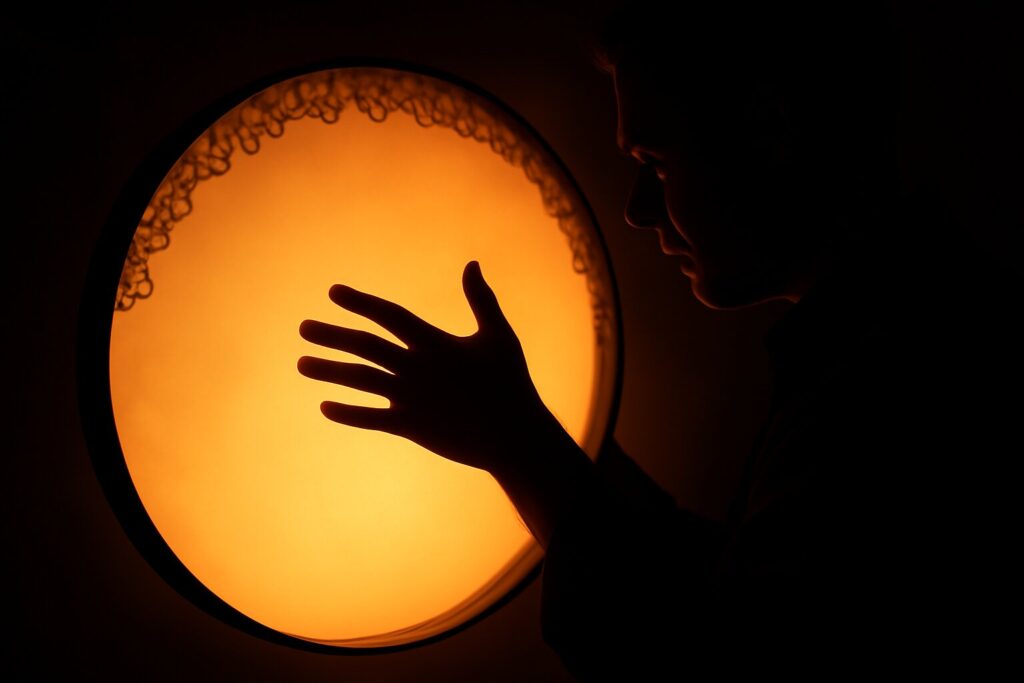Introduction to the Ruling on Beating the Daf and Drum in Islam
Throughout Islamic history, beating the daf and drum has been permissible, especially during festivals and joyful occasions. This has been established in various Islamic texts, both through narration and analogy to the actions of the companions and followers. One of the scholars who extensively studied this issue was Imam Abu Hamid al-Ghazali in his book *Ihya Ulum al-Din*, where he thoroughly examined and affirmed the permissibility of beating the daf and drum in many occasions.
Religious Narrations and Permissibility
One of the strongest proofs of the permissibility of beating the daf and drum in Islam comes from al-Ghazali’s work, where he cited several hadiths affirming this act. For example, when the Prophet ﷺ entered Medina, the women beat the daf and sang joyous songs such as:
“The full moon has risen upon us from the valley of Wada
Gratitude is obligatory upon us, as long as a caller calls to Allah.”
This was a manifestation of joy during times of happiness, and it was not prohibited in the context of lawful celebrations. Additionally, in a hadith narrated by Bukhari and Muslim, when Abu Bakr entered upon Aisha during one of the days of Mina and saw two girls playing the daf, he forbade them, but the Prophet ﷺ said, “Let them be, O Abu Bakr, for these are the days of Eid.” Aisha also narrated that the Prophet ﷺ enjoyed watching them dance and play during Eid.
Permission in Listening and Beating the Daf
Al-Ghazali presents these narrations to demonstrate that beating the daf and singing are not prohibited in Islam. This is further supported by a narration where Buraidah asked the Prophet ﷺ about a girl who had vowed to beat the daf when she returned safely. The Prophet ﷺ replied, “If you have made a vow, then strike it, otherwise do not.” This indicates the permissibility of making a vow to beat the daf during specific occasions, which strengthens the argument that using the daf in celebrations such as weddings and religious events is permissible.
Beating the Daf as a Way to Express Joy
Al-Ghazali elaborates on the topic of the daf and points out that this instrument is not forbidden; rather, it is sometimes recommended. In another hadith, the Prophet ﷺ said: “The distinction between halal and haram is the sound and beating of the daf,” which served as proof that the beating of the daf was used to announce occasions such as weddings or Eid. This refutes the idea that musical instruments are haram, and instead, the daf is considered one of the means to announce joy and celebrations, making it favored in these contexts.
Legal Analogy to Musical Instruments
In the case of listening and playing musical instruments, al-Ghazali clarifies that there is no legal evidence prohibiting the beating of the daf or listening to music, except for instruments associated with corrupt societies, such as flutes and strings. As for drums and the daf, al-Ghazali considers them permissible. He also points out that musical sounds come from nature, such as the beautiful songs of birds, and therefore, they are inherently pure and balanced.
The Psychological and Spiritual Effects of Beating the Daf and Drum
Al-Ghazali talks about the psychological and spiritual effects that result from listening to these instruments, noting that they have a positive impact on the heart, especially when heard in times of joy and happiness. One of the prominent examples he mentions is the singing of the pilgrims during Hajj, which revolves around the Kaaba and the Zamzam, stirring longing and encouraging individuals toward worship and obedience. He believes that pleasant sounds and harmonious tunes enhance the impact of words and deepen their effect on the hearts.
Conclusion
Through this study on the ruling of beating the daf and drum in Islam, it can be concluded that most legal evidence indicates that this act is not prohibited, but rather permissible and beloved in many occasions such as weddings and holidays, and is considered a means of announcing joy. However, it is important to differentiate between instruments used in religious and social contexts that align with the spirit of Islamic law, and those used in contexts that do not align with Islamic values.

